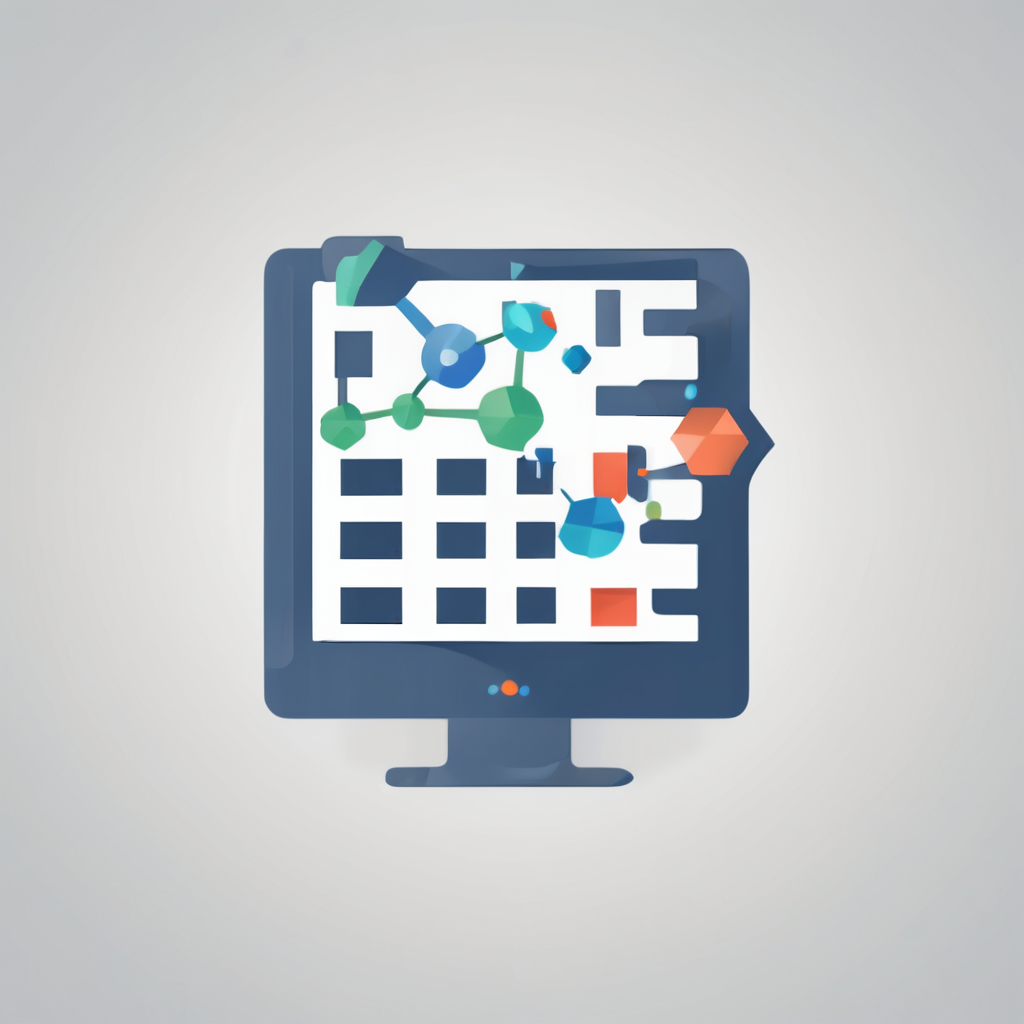Understanding IoT Gateways
In the world of the Internet of Things (IoT), the IoT gateway plays a pivotal role in connecting various devices within a network ecosystem. These gateways act as a bridge between IoT devices and cloud-based servers, enabling seamless communication and data exchange. The gateway architecture is crucial as it dictates how these devices integrate and interact. Different types of IoT gateways exist to cater to various needs, including edge gateways that process data locally and core gateways that handle centralized data transmission.
The purpose of an IoT gateway extends beyond connectivity. It serves as a security layer, protecting data through encryption and threat detection mechanisms. The architecture’s design, incorporating robust protocols and processing capabilities, is vital for efficient data processing and management. This foundational infrastructure ensures that data flowing from diverse IoT devices is channeled, processed, and stored effectively.
Overall, the integration of IoT gateways into network ecosystems serves to enhance scalability, improve data management, and provide a comprehensive solution to interoperability challenges. With an effective gateway, IoT devices can achieve their full potential in delivering smart solutions across industries.
Architectural Design for IoT Gateways
In designing an IoT gateway architecture, incorporating key architectural principles is pivotal to ensure that gateways function effectively across different environments. A well-conceived architecture incorporates system design principles such as scalability, flexibility, and robustness. The concept of modular design is particularly significant. It enables the architecture to adapt to varying demands by allowing individual components to be upgraded or replaced without disrupting the entire system.
The balance between performance and cost is another crucial consideration in architectural design choices. By selecting components and features that meet performance criteria while controlling expenses, developers can ensure economic efficiency. This balance is vital as it dictates the overall feasibility and long-term sustainability of IoT gateway solutions.
Emphasizing modularity also aids in future-proofing the gateway, ensuring that the system can accommodate technological advancements and expanding needs. With flexibility embedded in the design, IoT gateways can seamlessly integrate with existing infrastructure, making them a critical component for efficient IoT network ecosystems. Such thoughtful architectural planning is instrumental in developing IoT solutions that are not only capable but also adaptable and enduring.
Security Measures for IoT Gateways
Securing IoT gateways is critical, as they are often exposed to various threats due to their central role in network ecosystems. Common security threats include data breaches, unauthorized access, and distributed denial-of-service (DDoS) attacks, which can compromise the entire network.
To counter these threats, implementing effective security protocols and standards is essential. Protocols like Transport Layer Security (TLS) ensure data encryption, while standards such as the IEEE 802.1X provide network access control. These measures help in safeguarding sensitive data being transmitted and received by IoT devices.
Additionally, employing best practices is vital in maintaining robust security. Regularly updating firmware and software ensures vulnerabilities are patched. Network segmentation can limit the spread of threats, while encryption is indispensable for data protection. Furthermore, adopting intrusion detection and prevention systems aids in threat mitigation before damage occurs.
Overall, a multi-layered security approach enhances the resilience of IoT gateways against potential cyber threats. By prioritizing security in the design and maintenance of IoT gateways, organisations can protect their data and maintain the integrity of their IoT networks effectively.
Data Management Techniques
In the world of IoT, effective data management is key to enhancing gateway functionality. IoT gateways are responsible for not only facilitating data flow but also ensuring efficient data processing and storage solutions. Managing the vast data streams generated by IoT devices requires robust strategies.
Central to managing this data is ensuring seamless data flow. This involves enabling smooth data transition between IoT devices and cloud storage or analytics platforms. Properly managed data flow assists in maintaining real-time processing capabilities, essential for applications demanding immediate feedback.
Effective data storage solutions are another focal point. Utilizing scalable databases that accommodate expanding data volumes is essential. This supports the growing number of IoT devices and the subsequent increase in generated data. Additionally, these storage solutions should offer rapid data retrieval to support timely decision-making.
Data management in IoT gateways also involves optimizing the processing of collected information. This includes filtering, aggregating, and analyzing data, which helps reduce bandwidth consumption and minimizes unnecessary data storage. Ultimately, superior data management within IoT gateways facilitates enhanced performance and operational efficiency, pivotal for successful IoT implementations.
Interoperability in IoT Gateway Solutions
Interoperability in IoT ecosystems is essential for ensuring different devices and systems can work together seamlessly. The diverse range of devices and manufacturers leads to challenges in achieving this interoperability. As devices often use different communication protocols and standards, ensuring interoperability requires implementing universally accepted standards.
Adoption of standards like MQTT, CoAP, and HTTP is crucial. These protocols support smooth communication between varied IoT devices, regardless of their origin. Furthermore, utilising open-source platforms can aid in achieving a uniform framework and reduce proprietary barriers.
Best practices for ensuring seamless interoperability involve designing IoT gateways with flexibility and adaptability at the core. This includes building on a modular framework that allows for easy updates and integration of new standards as they evolve. Collaborating with industry bodies to stay ahead of emerging trends ensures that future devices will integrate smoothly into existing systems.
Ultimately, achieving interoperability across IoT gateways requires a strategic approach that embraces common standards and protocols, fostering innovation while maintaining system efficiency. By implementing these practices, businesses can ensure a robust, flexible network that enhances operational performance.
Scalability Techniques for IoT Gateways
Achieving scalability in IoT gateways is paramount for accommodating increasing device numbers and data volumes. Key techniques to enhance scalability include load balancing and strategic resource allocation. By dispersing workload evenly across multiple gateways, load balancing ensures efficient operation without overburdening a single unit. This technique is crucial in maintaining performance as the IoT ecosystem expands.
Resource allocation involves dynamically assigning processing power and memory based on real-time demands. This flexibility allows IoT gateways to adjust to varying workloads, optimising resource utilisation and reducing bottlenecks. Such adaptive measures ensure that gateways can handle spikes in data traffic smoothly.
To illustrate successful scalability, numerous case studies highlight innovative implementations. These examples demonstrate how effectively employing scalability techniques can lead to improved performance and operational resilience in real-world scenarios. By studying these use cases, organisations gain insights into applying these strategies within their unique contexts.
Incorporating these scaling solutions and understanding their impact is essential for businesses aspiring to leverage IoT technology fully. As demand for IoT solutions grows, focusing on robust scalability planning will enable organisations to remain competitive and agile in an evolving landscape.
Performance Metrics for IoT Gateways
In the realm of IoT solutions, keeping track of performance metrics for IoT gateways is crucial. These metrics provide insights into how effectively a gateway processes and manages data. Key metrics include latency, throughput, and packet loss. Latency measures the time taken for data to travel from one point to another, while throughput assesses the volume of data processed over a given period. A high rate of packet loss can indicate network issues or inefficiency in data handling.
Optimising these performance metrics requires utilising appropriate tools and frameworks. Tools like Prometheus and Grafana allow for the performance measurement of gateways in real time, providing critical data that helps in identifying potential bottlenecks. Continuous monitoring and tuning ensures that gateways operate efficiently, adapting to changing conditions and demands.
Constant evaluation of performance directly impacts the design and development of IoT gateways. By addressing inconsistencies and periodically updating configurations, organisations can enhance performance optimization. This systematic approach to monitoring supports the maintenance of optimum functionality and reliability, critical in meeting the strategic objectives of IoT deployment.
Best Practices for Developing IoT Gateway Solutions
Developing IoT gateway solutions requires adherence to comprehensive best practices to ensure effectiveness and efficiency. Integrating IoT gateways within larger systems necessitates meticulous project management and detailed planning. This integration involves addressing compatibility and ensuring seamless communication between various devices.
A fundamental approach to successful development involves clear development guidelines, which provide a structured framework to follow. These guidelines aid developers in navigating the complexities of IoT ecosystems, emphasizing critical areas like security, data flow, and system performance. Clear guidelines prevent common pitfalls and enhance the system’s overall robustness.
Continuous learning and adaptation are also pivotal elements. The IoT landscape evolves rapidly, with new technologies and methodologies constantly emerging. Staying informed about the latest developments ensures gateways remain relevant and capable of integrating future advancements.
Effective project management involves setting goals, timelines, and performance benchmarks, ensuring all stages of development align with strategic objectives. Utilizing agile methodologies fosters flexibility, allowing teams to adapt quickly to changes and improve outcomes. Combining these best practices equips developers to create resilient, adaptable IoT gateway solutions that effectively meet the dynamic needs of modern industries.










